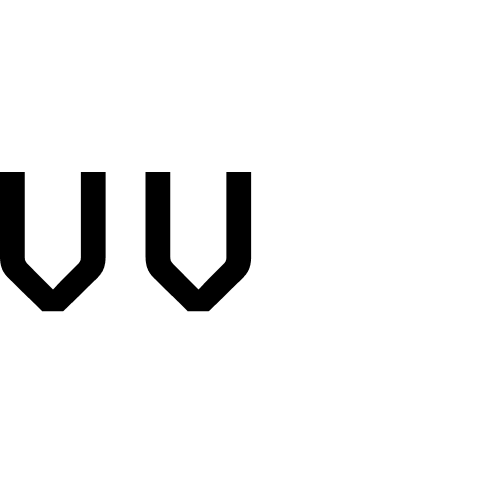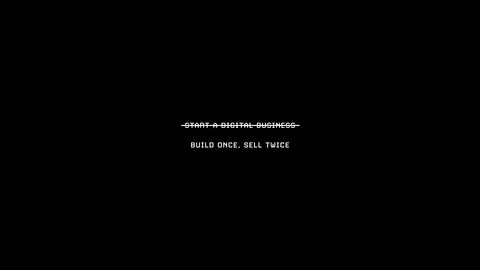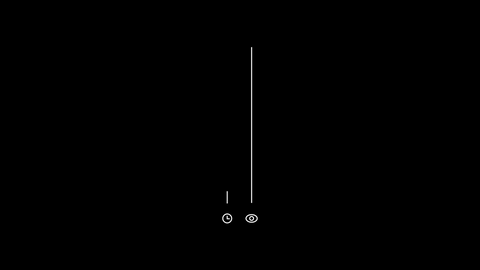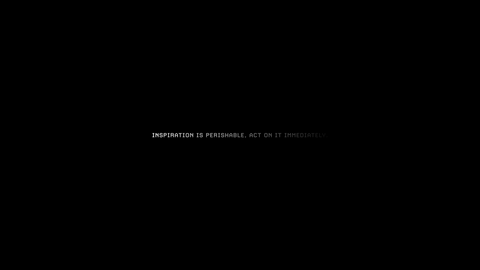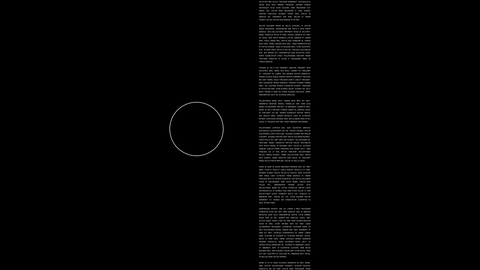A short story to explain how one sentence rewired my understanding of how the world actually works:
A few years ago, I paid a small fortune (20%+ of my annual income) to join a mastermind program for consultants and agency owners. I’d just started what I thought to be a successful advertising agency of my own and was looking for help from people more experienced than I was in growing it.
I went in wanting the answer to a single question: How can I generate new business and scale a company without amplifying the madness I was experiencing at the time?
For context, a combination of brute force and a heavy dose of luck had landed me a decent-sized corporate contract with an automotive brand that I’d worked with at an old job.
I was scaling up and down a freelance workforce, organizing nationwide video shoots, managing equipment rentals, city permits, police road closures, commercial insurance, and complex post-production for content campaigns with 80 variants per month, often making 4 rounds of changes (across 3 stakeholder time zones) before getting any work signed off.
It was exhausting from a sheer time commitment perspective, but also felt overwhelmingly pointless, 80% of the work never saw the light of day, 90% of the time was spent navigating bureaucracy.
The entire charade was an illusion of business ownership — simply a freelance gig disguised under a vanity URL, a portfolio website and a posturing title in my email signature.
It was a trap I was stuck in because of the model I’d inherited from everywhere I’d worked previously: say you can solve the problem (as it’s been defined by your client), estimate how long it’ll take you, then mark up your time to make a profit.
The problem is most people don’t know what the problem is.
Wherever that’s the case, the solution isn’t going to work.
As they say, to a hammer, every problem looks like a nail.
Perhaps you’ve seen the movie Moneyball — a beautiful example of this phenomenon in action, a group of baseball scouts more concerned with what a player’s girlfriend looks like than their batting average.
Here’s a clip:
Most of the world works this way.
If you really want to add value, you have to get crystal clear on what the problem actually is.
This brings me back to the mastermind I referenced in the first paragraph:
I was in the process of negotiating a project with a new client that owned and operated luxury ski resorts in the Rocky Mountains. We got connected via a personal introduction and they liked the look of the work I’d done for the automotive brand I told you about above.
They wanted to design a new website because their bookings were coming in uneven throughout the year; stacked up in winter, light in the summer.
I was explaining this to the speaker and he cut me off half way:
“They don’t need a new website.”
“What do you mean? They liked what I di-”
“They don’t need a new website.” He said, again. “It works in the winter doesn’t it?”
This off the cuff remark, that I guarantee he wouldn’t remember was like a cattle prod straight to my brain.
“Sh*t. He’s right.”
What the hell am I even doing?
